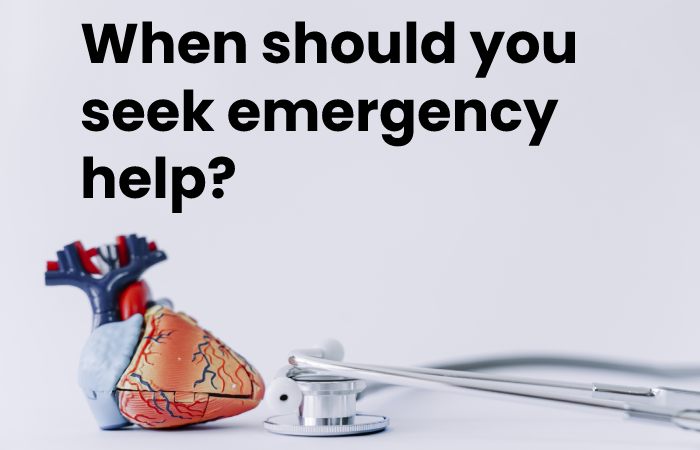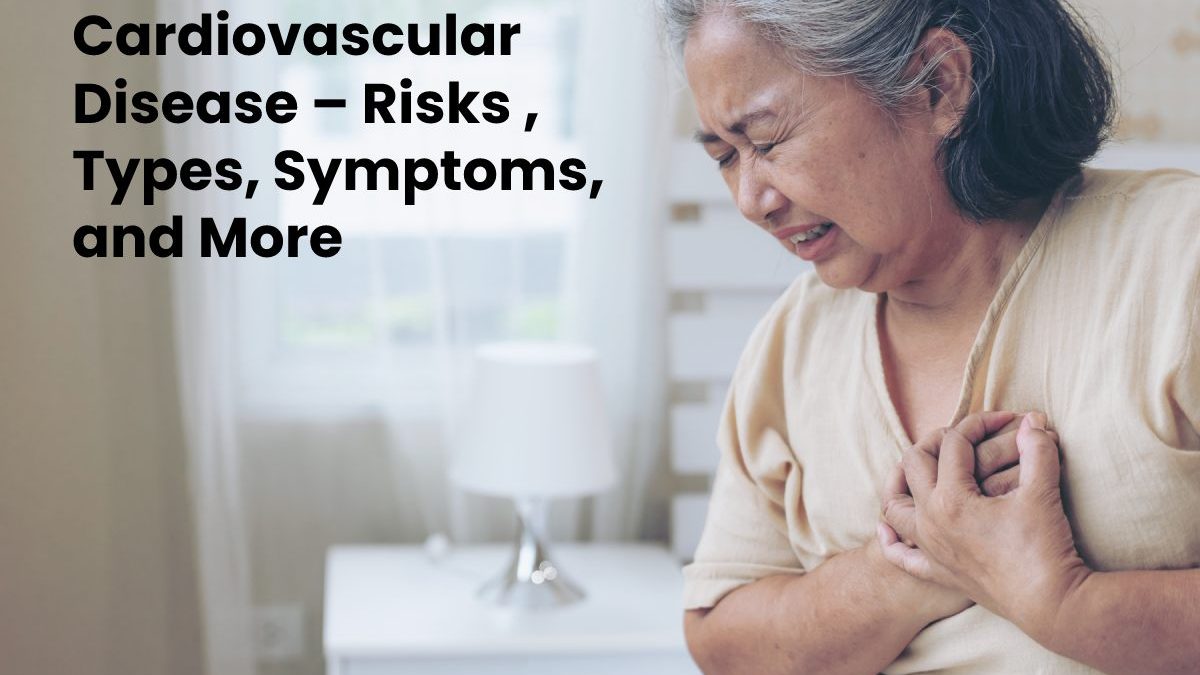Table of Contents
Cardiovascular Disease
Cardiovascular disease is a disorder of both the heart and blood vessels, leading to heart attack, stroke, sudden death, and other complications. These problems come from arteriosclerosis, Which occurs when fat and cholesterol build up on the blood vessel walls (artery).
This type of disease is the first cause of death globally, and up to 80% can be avoided by following healthy habits and controlling risk factors such as diabetes.
Therefore, diabetes includes high glucose levels in the blood and can damage various organs, causing negative effects on blood vessels, favoring the appearance of arteriosclerosis; making the passage of blood increasingly difficult and blood clots that clog the arteries.
Cardiovascular diseases classify into
- Arterial hypertension (high blood pressure)
- Coronary heart disease (myocardial infarction)
- Cerebrovascular disease (stroke)
- Peripheral vascular disease
- Heart failure
- Rheumatic heart disease
- Congenital heart disease
- Cardiomyopathies
Risks in people with diabetes
- Limit consumption of sugary drinks
- Decrease the consumption of saturated fats
- Consume dietary fibre
- Moderate alcohol consumption
- Maintain good hydration throughout the day
- Perform physical exercise regularly
- Avoid tobacco use
So now you know, avoiding any of these diseases is easier than you think. Therefore, follow your doctor’s instructions in the letter and take care of your health.
Types of cardiovascular diseases
- Coronary heart disease (CHD) is the most mutual type of heart disease and occurs when plaque builds up in the arteries leading to the heart. When the arteries narrow, the heart cannot get sufficient blood and oxygen. Also called coronary artery disease (CAD).
- High blood pressure and coronary artery bug are common causes of heart failure. The disease can only affect the right or left side of the heart. It is very common for both sides of the heart to be involved.
- Arrhythmias are problems with the heart rate (pulse) or heart rhythm. It happens when the electrical system of the heart does not work correctly. Some heart problems, such as a heart attack or heart failure, can cause problems with the heart’s electrical system. Some people are born with arrhythmia.
- Heart valve disease occurs when one of the four heart valves does not work correctly. Blood may leak through the valve in the wrong direction (called regurgitation), or a valve may not open wide enough and block blood flow (called stenosis). An uncommon heartbeat, called a heart murmur, is the most common symptom. Specific heart difficulties, such as heart attack, heart disease, or infection, can cause heart valve disease. Some people are born with heart valve complications.
- Peripheral arterial disease occurs when the arteries in the legs and feet become narrow due to a buildup of plaque—narrowed arteries.
- High blood pressure is a cardiovascular disease that can lead to other problems, such as heart attack, heart failure, and stroke.
- Stroke has many of the same risk aspects as heart disease. A stroke is caused by a absence of blood flow to the brain. This can happen because a blood clot travels to blood vessels in the brain or bleeds into the brain.
- Congenital heart disease is a problem with the structure and function of the heart that is present at birth. It is the most mutual type of genetic disability. This term can describe many different problems that affect the heart.
When should you seek emergency help?

A person with pain in the left side of the chest may have lung problems. It can be hard to tell if chest pain is a sign of a heart attack. However, there are three signs that chest pain is probably not a heart attack:
Specific location: If the pain comes from a particular place, it is not likely to be a heart attack.
Pain that gets worse: Chest pain related to a heart attack does not get worse when you breathe.
Various locations: Chest pain related to a heart attack may spread between the shoulder blades and the arms and jaw, but it doesn’t move from side to side.
If a person thinks they have a heart attack, they should call 911 and seek immediate medical attention. I shouldn’t drive to the hospital.
Signs that a person may have a heart attack include
chest pain or tightness that usually starts in the centre of the chest and radiates out
- dizziness.
- feeling faint.
- nausea.
- pain that may spread from the chest to the arms, neck, jaw, or shoulders.
- laboured breathing.
- perspiration.
Diagnosis
Discomfort on the left side of the upper body has many possible causes. A doctor will consider the person’s medical history and symptoms when making the diagnosis. A doctor may also perform a physical exam of the chest, heart, lungs, neck, and abdomen.
After the physical examination, a doctor may order several tests, including
- An electrocardiogram.
- X-rays.
- complete blood count (CBC).
- computed pulmonary angiography (CPA).
- ultrasound.
Symptoms
The indications of heart disease depend on the specific kind of heart disease. Also, some heart conditions do not cause any symptoms.
symptoms may indicate a heart problem:
- Chest pain
- Laboured breathing
- Fatigue and lightheadedness
- Swelling due to fluid retention or oedema
However, In children symptoms of a congenital heart defect can include cyanosis, a bluish tint to the skin, and an inability to exercise.
Some signs that could indicate a heart attack include:
- Chest pain
- laboured breathing
- heart palpitations
- nausea
- Stomach ache
- perspiration
- pain in the arm, jaw, back, or leg
- a feeling of suffocation
- Swollen ankles
- fatigue
- arrhythmia
A heart attack can go through to cardiac arrest when the heart suddenly stops beating, and the body can no longer function. It is necessary to seek immediate medical attention when any heart attack symptoms occur.
If cardiac arrest occurs, you will need:
- immediate medical help (call 911)
- immediate cardiopulmonary resuscitation
- an automated external defibrillator shock, if available.
Treatment
Treatment choices vary depending on the type of heart disease a person has, but some common strategies include making lifestyle changes, taking medications, and undergoing surgery. We will look at some of these options in more detail in the following units.
Medications
Various medications can help treat heart disease. Main options include:
- Anticoagulants: Also known as anticoagulants, these medications can prevent blood clots from forming. They include warfarin (Coumadin).
- Antiplatelet therapies: These include aspirin, which can also prevent blood clots.
- Neprilysin and angiotensin receptor inhibitors can help open narrowed arteries to treat heart failure.
- Beta-blockers: Atenolol and other medications in this class can slow your heart rate and lower your blood pressure. They can also treat arrhythmias and angina.
Conclusion
Therefore, heart disease is a joint health problem. There are some different types of heart disease. Thus, some arise from genetic problems and cannot stop. However, in many cases, a person can take steps to prevent heart disease and its complications. These stages include following a healthy diet, getting plenty of exercises, and seeking advice when symptoms of heart disease first appear.

